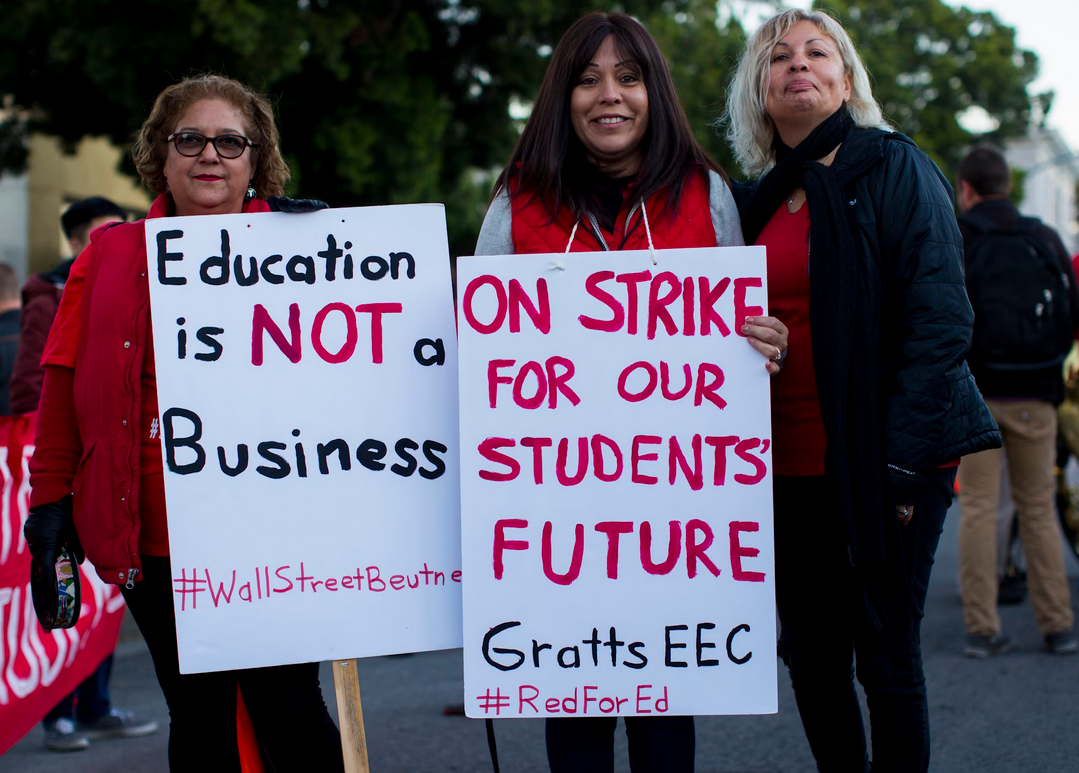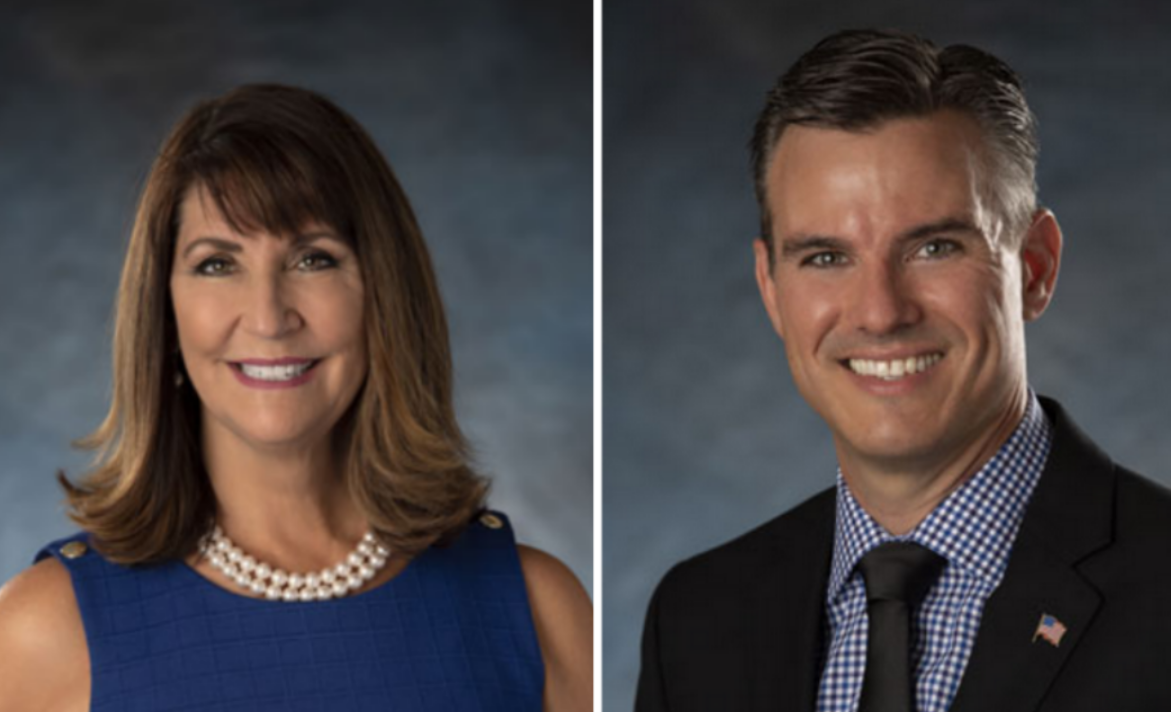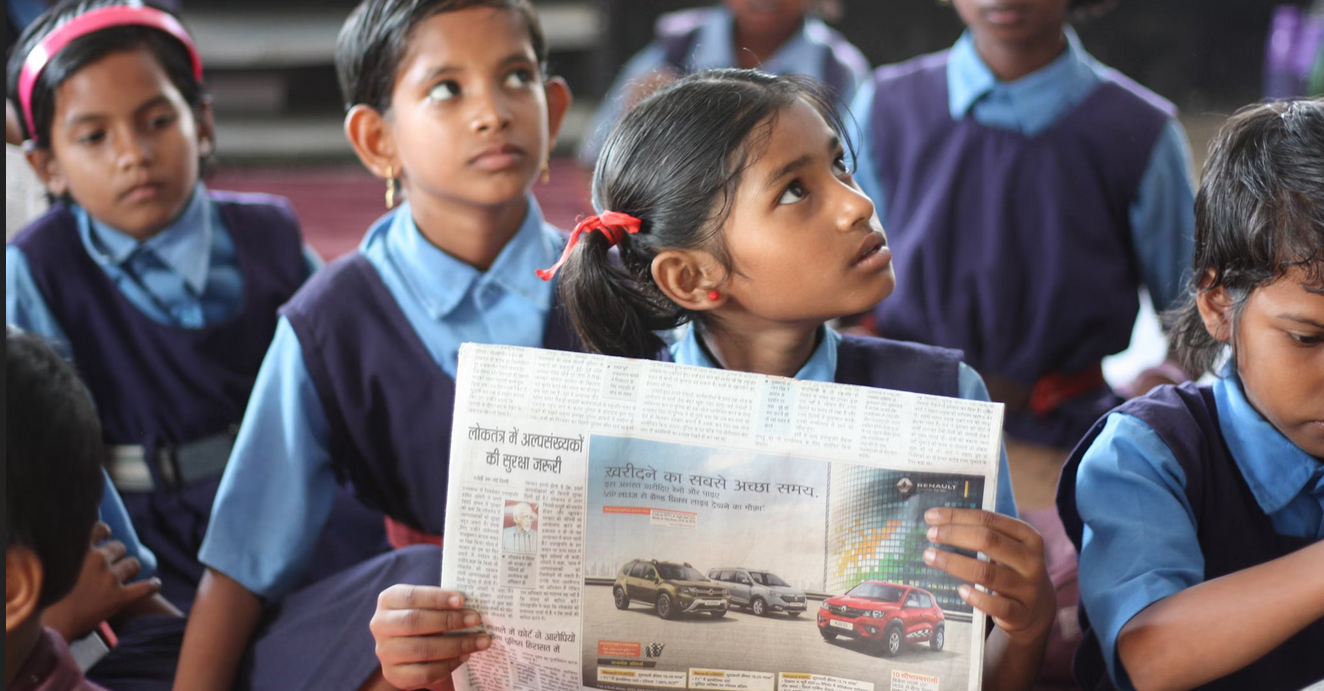
Experienced UIUC graduate student specializing in Math, Computer Science, and Writing
Availability:
Every day, 10:00am-10:00pm PST
Subjects:
Math
Computer Science
Writing
Teacher Shortage Crisis: Overworked, Underpaid, Stretched Thin, Burnt Out
Last Updated:

- California has a 10,000 teacher shortage, with Alameda County 250 teachers short and the number of new credentials issued decreasing every year
- Teachers are underpaid, overworked, stretched thin, and burning out
- Current reforms to cheapen the cost of becoming a teacher are not doing enough to address issues within the profession itself
You don’t need to see the numbers to know California schools have been struggling to find enough teachers, especially in STEM subjects. When I was in high school about a decade ago, students in my AP Calculus class were already taking turns sitting on the floor. My teacher, a long-time veteran, switched careers the year after.
But let’s look at the numbers anyway. California’s Department of Education reported over 10,000 teacher vacancies during 2021-22. At the same time, the number of teaching credentials issued in California decreased 25% through 2022-23. Alameda County itself suffers from a shortage of about 250 teachers.
It’s hardly a surprise. Less than 1 in 5 Americans would recommend teaching as a career to a young person now. Harvard University even dropped their undergrad teaching program due to a lack of enrollment. The profession underpays its highly educated workers, suffers from social disrespect and culture war politics, can cost significant time and money to get credentialed, and comes with the huge responsibility of building futures for students.
Teacher salaries are still too low to attract and retain top talent
It’s simple: people don’t want to do jobs that don’t pay well for the effort required, and teaching is incredibly difficult.
Think about the last time you had to sit down and teach a teenager something they didn’t want to hear. Now imagine doing that for 30 teenagers at a time, adding up to 100 a year for three classes, each with their own personal and academic needs. It would be hard enough teaching them if they wanted to learn, but many of these teenagers are completely disengaged with their education and prefer scrolling through TikTok or Instagram.
We don’t just expect teachers to be teachers. We expect them to be social workers, community organizers, therapists, third parents, curriculum designers, friends, mentors, and coaches all in one.
A lot of unseen planning goes into teaching, especially for newcomers who have to learn what works and what doesn’t from their own experiences. My friends who decided to become teachers are always exhausted, and even with supportive veterans they still need to do a lot of their own work to deliver the material of a syllabus on time and effectively. They spend a lot of hours outside of the classroom preparing for the next day or the next week.
In January 2018, teachers earned 3% less than the average worker in the US. In October 2023, that number jumped up to 8%, or $68,000 a year. So not only have teacher salaries stagnated, they’re becoming less competitive than before. There have been attempts this last year to raise that figure, but they’re still making less than they did 10 years ago.
This is especially bad for teachers just starting out, where the average starting pay is less than $50,000 in 3 out of 4 school districts. For young people looking to pay back college loans and pay rent for their own place, that’s just not enough to attract top talent.
Alameda County and Newsom’s office have both tried to alleviate the teacher shortage by lowering the cost and requirements of becoming credentialed, but this won’t make much of a difference if the starting salaries and long-term career prospects don’t inspire confidence in supporting at least a middle-class lifestyle in the future. After all, when stories of STEM-degree holders making six figures by learning to code are everywhere, how do you argue that someone should make half of that for a job that frequently has a much worse work-life balance?
Teachers are overworked, underappreciated, and burning out
Teachers are twice as likely as other working adults to suffer from serious stress. They’re 40% more likely to experience anxiety compared with healthcare workers, and 30% more likely than military professions. Teachers are hardly joking when they describe their classrooms like being in the trenches of a warzone.
Depending on who you ask, you’ll get all kinds of different answers why.
Some teachers are tired of dealing with administrative hurdles, like mounds of paperwork, micromanagement, and toxic office politics. I’ve heard more than one retiring teacher bring up clashes with school administration as the straw that broke the camel’s back in their decision to leave education. Administrator support has been tracked as one of the key factors in teacher retention and turnover.
Some teachers feel exhausted dealing with the behavioral issues many students have. Elementary and middle school aged kids are barely disciplined enough to follow simple instructions, especially since their attention spans have been eroded by constant social media use. Among high school students, more serious disciplinary issues emerge, like cheating, confrontational attitudes, skipping class, and bullying. In extreme cases, kids use drugs in the bathroom or even class, and we expect teachers to monitor that.
And a lot of times, teachers are just overworked. Lesson plans can take a lot of hours to put together but might change at a moment’s notice, especially for newer teachers who haven’t figured out their classroom management strategies yet. On average, teachers work 53 hours a week, with 25% of their time being uncompensated.
The teacher shortage forms a vicious cycle here. As veteran teachers burnout or retire and new teachers are in short supply, existing teachers are saddled with more responsibilities to compensate. Teachers are used for recess and lunch duty, club sponsorships, chaperoning school events, and other jobs that really should belong to support staff or be distributed among more teachers. This puts even more pressure on existing teachers, causing even more burnout.
Education is now a political football
Recently, it feels like everything in society is now a political hot topic. With schools, this is reaching a fever pitch now.
Many people are familiar with the book banning and critical race theory controversies that have hit the news cycles, but these problems are getting worse. Florida represents this better than any other place in the country. Not only have they attacked core subjects like sociology and sought to get classic books banned, they’re now pressuring schools to cut anatomy and reproductive education classes.
In California, an Assembly bill has specified ethnic studies as a high school graduation requirement by 2025 to teach students about appreciating other cultures and combat bias and bigotry. Another bill makes media literacy a requirement so that young students, who spend a lot of unsupervised time online, become more capable of assessing fake news and critically thinking about biased news.
Both of these bills have faced significant pushback as part of a broader political “culture war.” Some people accuse these classes of being conspiracies to indoctrinate students with specific political narratives.
Even if there’s room for reasonable disagreement about these bills and their goals or execution, teachers are the ones caught in the middle. Everyday teachers don’t make these policy decisions, even if teacher organizations can voice an opinion. Yet, they still have a target on their backs from unhappy parents and radical activists who make their lives harder for simply doing an already difficult job.
Things are going to get worse before they get better
Even though Alameda County and Newsom’s office are working to build teacher pipelines that make the preparation and credentialing process easier, it won’t change the long-term realities of teaching as a profession. Salaries aren’t competitive and don’t even keep up with inflation, hours go long without pay, the scope of responsibilities keeps growing, and the political pressure keeps increasing.
Making education a sustainable, rewarding career is going to require a lot more reform than incremental improvements to recruiting and education costs. We need to fundamentally reframe and reform the position of teaching in our schools if we want the best possible educational guidance for our children.
In the meantime, tutors like myself actively work with students so we can supplement some of the gaps that result from burnt out, undervalued teachers. What motivates many of us is seeing that the students who came after us didn’t experience the same quality of education that we had. As colleges become even more selective, kids need more support now than ever to keep up with standards and stay competitive.
Related Articles

Pleasanton Mayoral Candidates Square off Over 10 Key Issues

UN Initiatives Paint Optimistic Picture For Girls' Education

Finland's Education System Succeeds Because of Equity and Diversity

Remote Learning is a Game-Changer for Global Education
